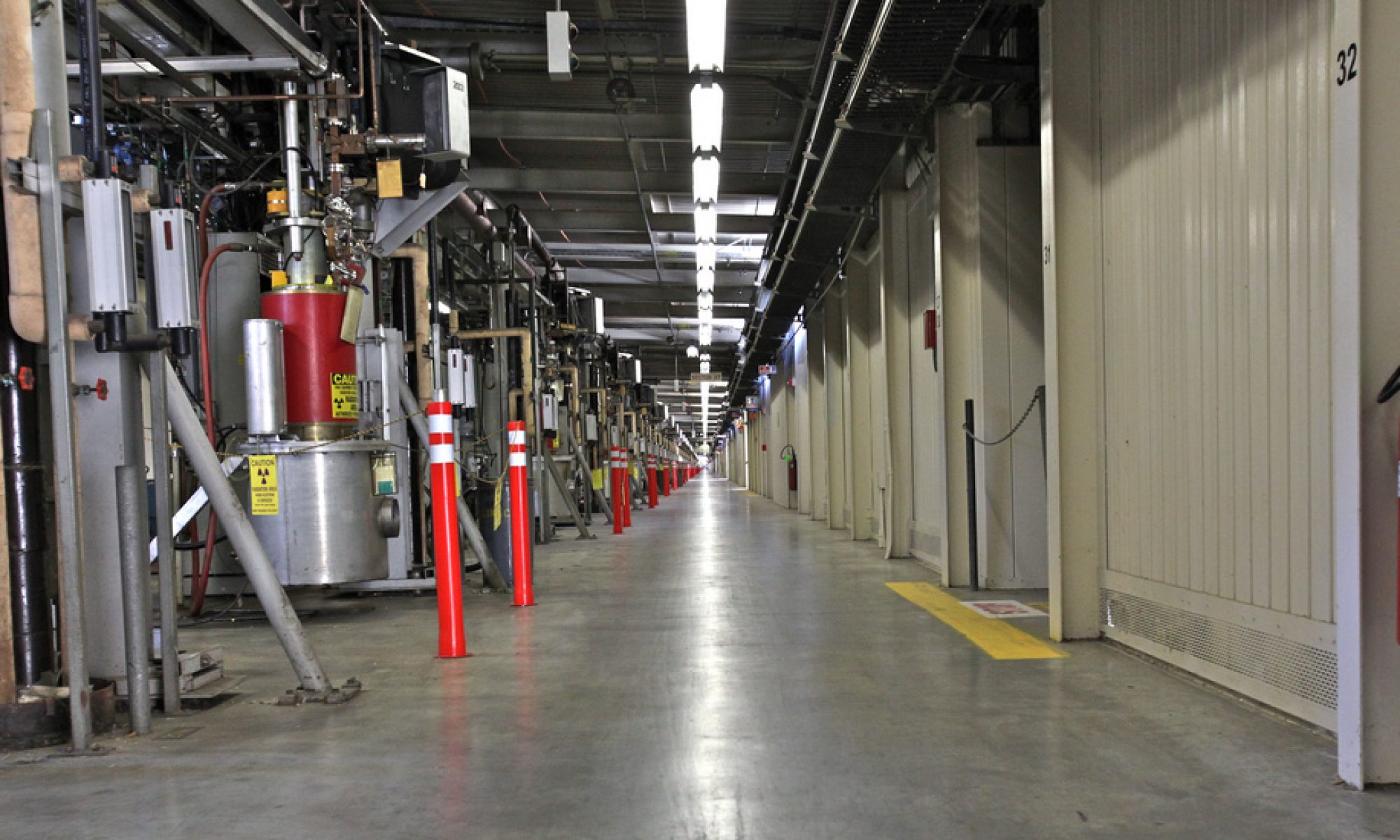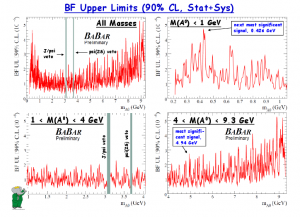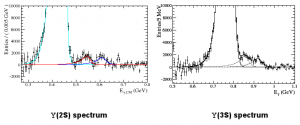Next week (June 2-6), I will be at CERN for the first time in many years (and to kickoff my many visits to come!). I am attending the ATLAS Collaboration Physics Week, a four-day event centering on ATLAS physics analysis. I am excited to be heading to the new Mecca of particle physics, the new global hub that will soon define the frontier of collider physics.
In the spirit of that new frontier, I had a very interesting conversation today at lunch. A senior SLAC theoretical physicist started discussing the very interesting evidence that he thinks is mounting for significant contributions to the proton from charm and bottom quarks. Called “intrinsic charm” or “intrinsic bottom”, these contributions mark the ultimate in quantum mechanics. In the classical physics view of the proton, the quarks rattle around inside glued together by the strong force. Quantum mechanics, which accurately described the proton and crushes the classical picture, instead tells us that the proton is mostly NOT the three quarks that define it. It’s mostly gluons, and in fact those gluons are constantly producing pairs of virtual particles that flit in and our of existence and contribute significant structure to the proton. Even in that latter picture, the basis of all computation, there are assumptions about how much you can ignore charm and bottom that may be proving to be wrong.
That more common view sees the contribution of intrinsic charm and bottom as negligible. But, in the high energy environment of leading hadron colliders – the Tevatron and soon the LHC – that picture may be incorrect (c.f. [1,2]). In fact, a recent D0 preliminary result [3] suggest that the proton/anti-proton collision debris close to the beamline (at large rapidity) exhibit behavior that greatly differs from the leading calculations of these collisions. These calculations are provided in the Coordinated Theoretical-Experimental QCD (CTEQ) parton distribution functions (PDFs) [4]. The D0 authors state that the version of CTEQ PDFs used in their comparison do not include the Tevatron Run II data results, so they represent a pre-Run-II picture of QCD at hgh energy. Their data suggests that picture needs updating.
The picture painted at lunch today was of this rich universe of phenomena lurking just inside this deceptively simple picture of the proton. Looking back at some papers on this, I also realize that we are entering an era where these ideas that seemed, perhaps, so far off in 1980 (ala [1]) are on our doorstep now, demanding attention. In the fight to understand the Standard Model, so that we can see beyond it, such issues will become more and more critical.
[1] S.J. Brodsky, P. Hoyer, C. Peterson and N. Sakai. Phys. Lett. B 93 (1980)
[2] http://arxiv.org/abs/hep-ph/0508126
[3] http://www-d0.fnal.gov/Run2Physics/WWW/results/prelim/QCD/Q14/


